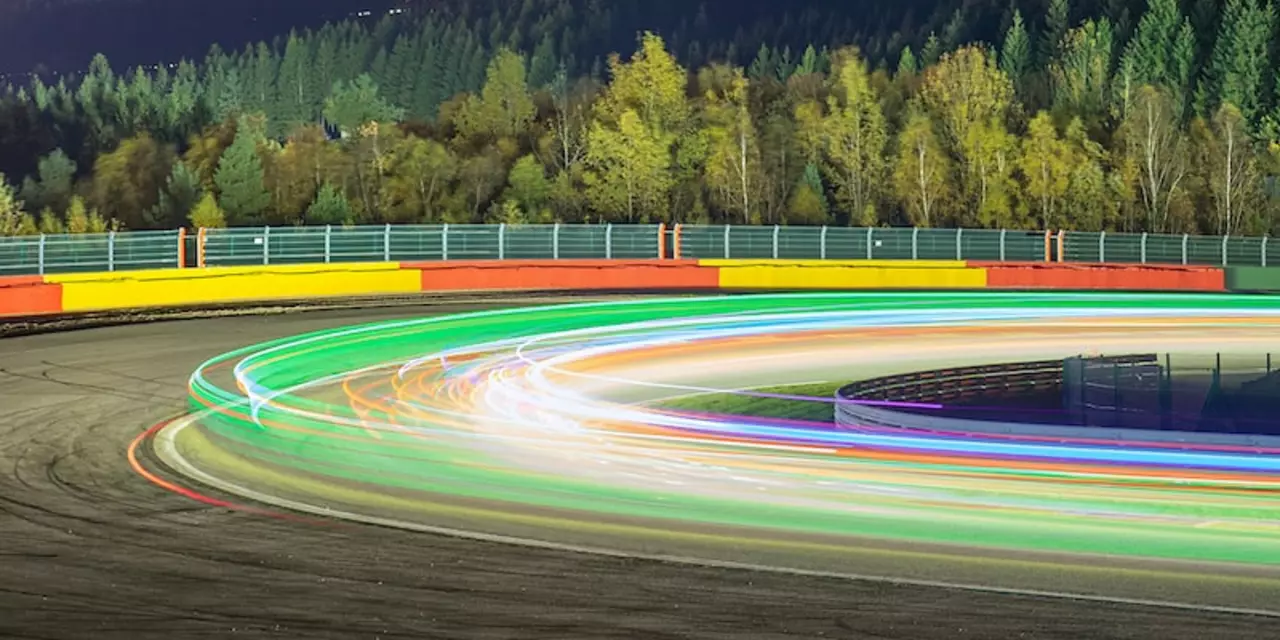Racing Surface Guide: What Every Driver Should Know
When you line up on the grid, the surface beneath your tyres is the first thing that decides how fast you’ll be. Asphalt, concrete, dirt, synthetic – each one behaves differently. Knowing these differences helps you set up your car, choose the right tyres, and avoid costly mistakes.
Common Track Surfaces
Most professional circuits use smooth asphalt. It offers consistent grip, drains water well, and works with a wide range of tyre compounds. Concrete shows up on short ovals and street courses; it’s harder, so it can feel a bit skittish under heavy braking. Dirt tracks, like those used in rally or sprint events, give a looser feel and change quickly as the surface dries. Finally, some modern venues use synthetic slabs that combine the durability of concrete with the grip of asphalt.
Each surface also reacts to temperature. Hot asphalt becomes softer and can “shimmer,” reducing grip, while cold concrete stays firm and may feel slippery. Dirt can become packed and hard after many passes, or stay loose if it rains. Understanding how temperature swings affect your track will let you adjust pressures and camber on the fly.
How Surface Affects Grip and Speed
Grip is the link between tyre and road. On a gritty asphalt surface, the tyre tread digs in and you can brake harder. On smooth concrete, the contact patch slides a bit more, so you might need a softer compound to keep the car stable. Dirt forces you to use tyres with deeper tread patterns; otherwise you’ll spin out on the first corner.
Weight transfer also matters. A low‑profile car will hug the road tighter on a hard surface but may bounce on a loose dirt track. Adjusting suspension stiffness helps you keep the tyres in contact, no matter the surface. Simple changes like raising ride height a few millimetres can make a big difference on bumpy synthetic tracks.
Lastly, tyre wear is directly tied to surface roughness. Rough concrete or gravel will chew up tyres faster than a polished asphalt lane. If you’re planning a long stint, pick a harder compound and watch your tyre temperatures. Too hot and the tyre will degrade quickly; too cold and you lose grip.
Bottom line: match your car setup to the surface you’re racing on. Check the track’s material, feel the temperature, and pick the right tyre compound. Small tweaks to pressure, camber, and ride height can turn a shaky run into a smooth, fast lap.

Does the surface matter when cars are racing?
This article discusses the various aspects of the surface a car races on and its effects on the car's performance. It explains that the surface plays an important role in the speed and handling of a car, and that different surfaces can have a significant impact on the car's performance. It also states that the surface can affect tire wear and the amount of grip the car has. Additionally, it notes that the surface can also affect the aerodynamic performance of the car, which can have an impact on the overall race performance. In conclusion, the article emphasizes that the surface of a race track is an important factor that needs to be taken into consideration when it comes to car racing.
- Sports (5)
- Entertainment (4)
- Sports & Recreation (3)
- Motorsport (2)
- Automotive Racing (1)
- Free Computer Games (1)
- Drag Racing Tips and Strategies (1)
- Biography Websites (1)
- Gaming and Racing Simulation (1)
- Automotive & Racing (1)
-
Chivas and Cruz Azul Stalemate 0-0 in Dramatic Quarterfinal Draw
29 Nov 2025 -
Hilaria Baldwin & Gleb Savchenko Eliminated on Disney Night as 40M Votes Surge
8 Oct 2025 -
Aroldis Chapman's PitchCom Revival Powers Red Sox Bullpen
1 Oct 2025 -
Why are cars put behind one another at the start of a race?
31 Jul 2023 -
How much does a race car weigh?
26 Jul 2023
7.03.23
Caden Lockhart
0